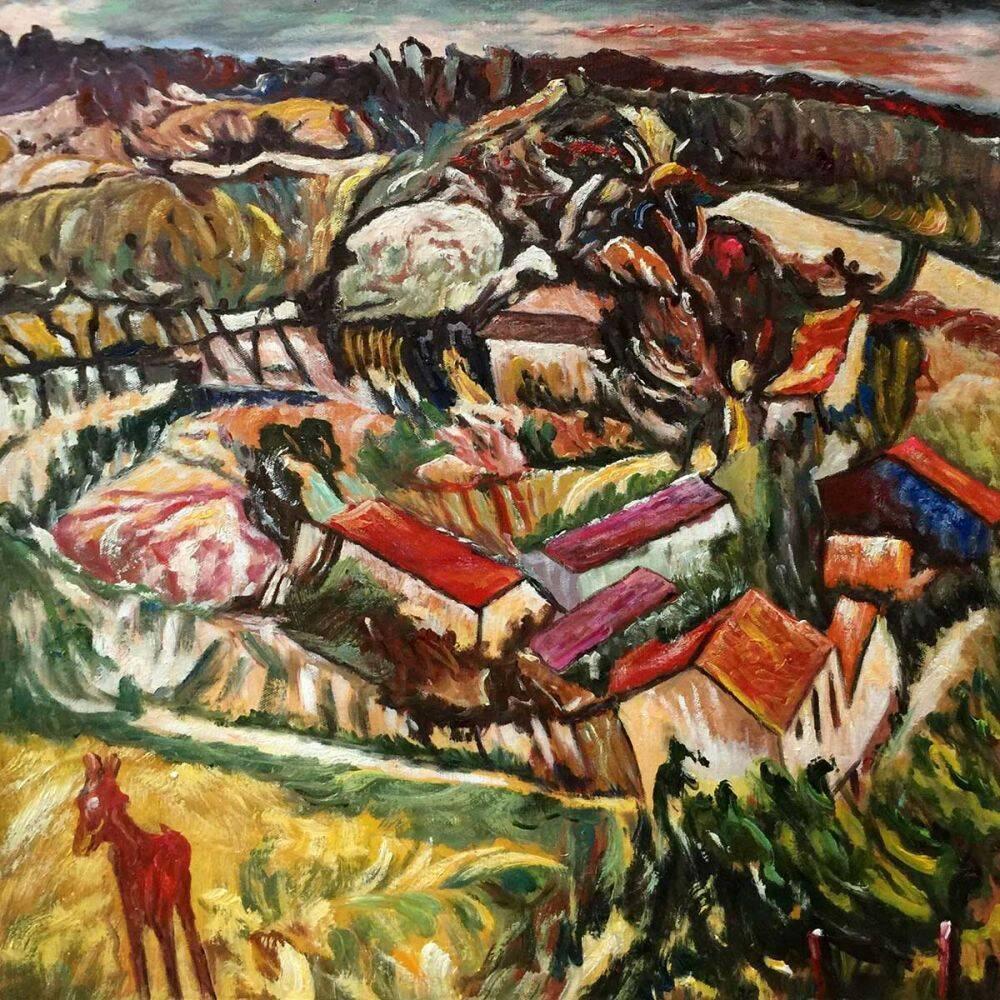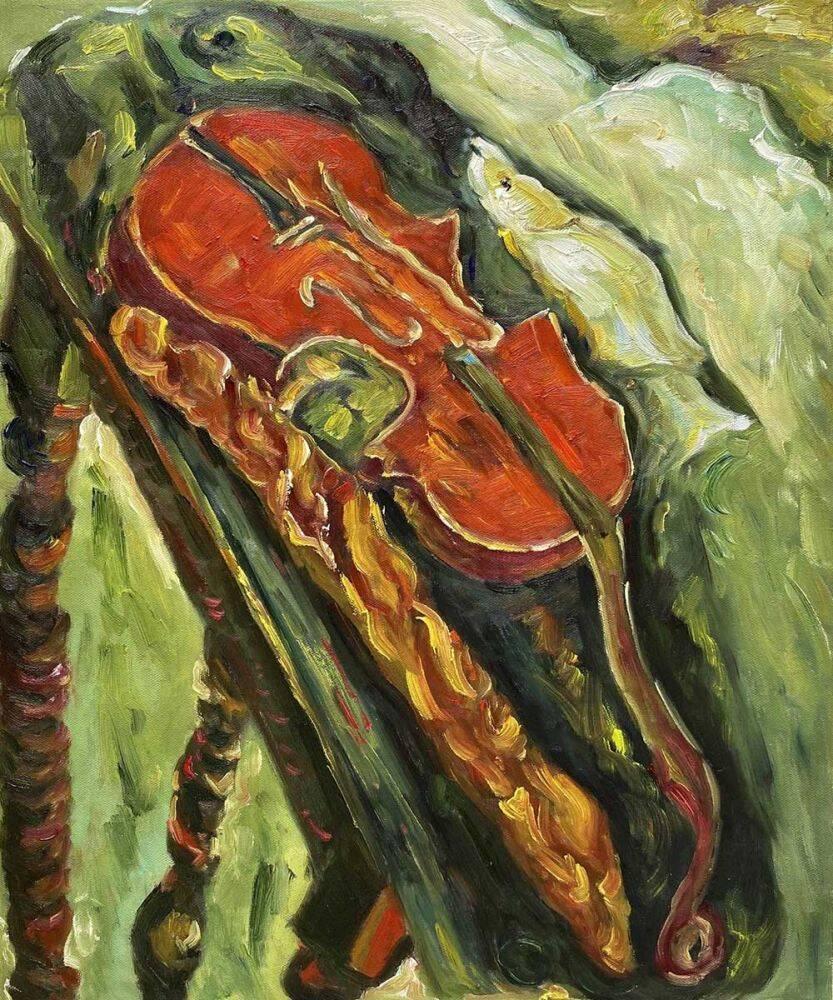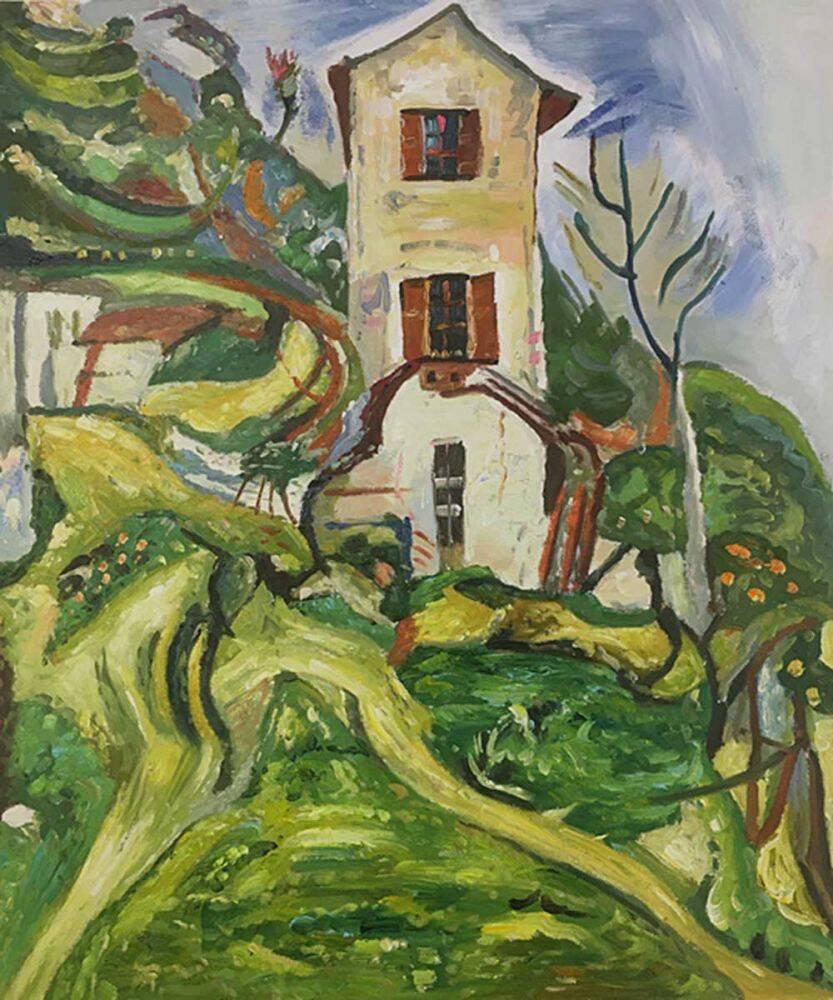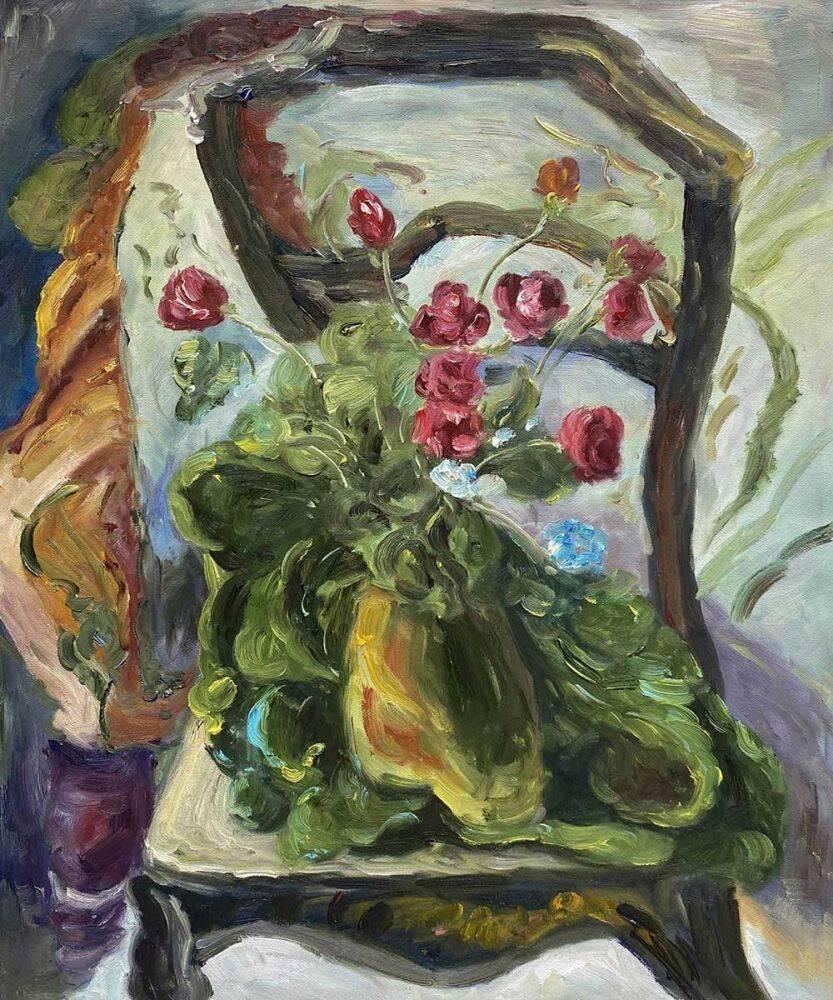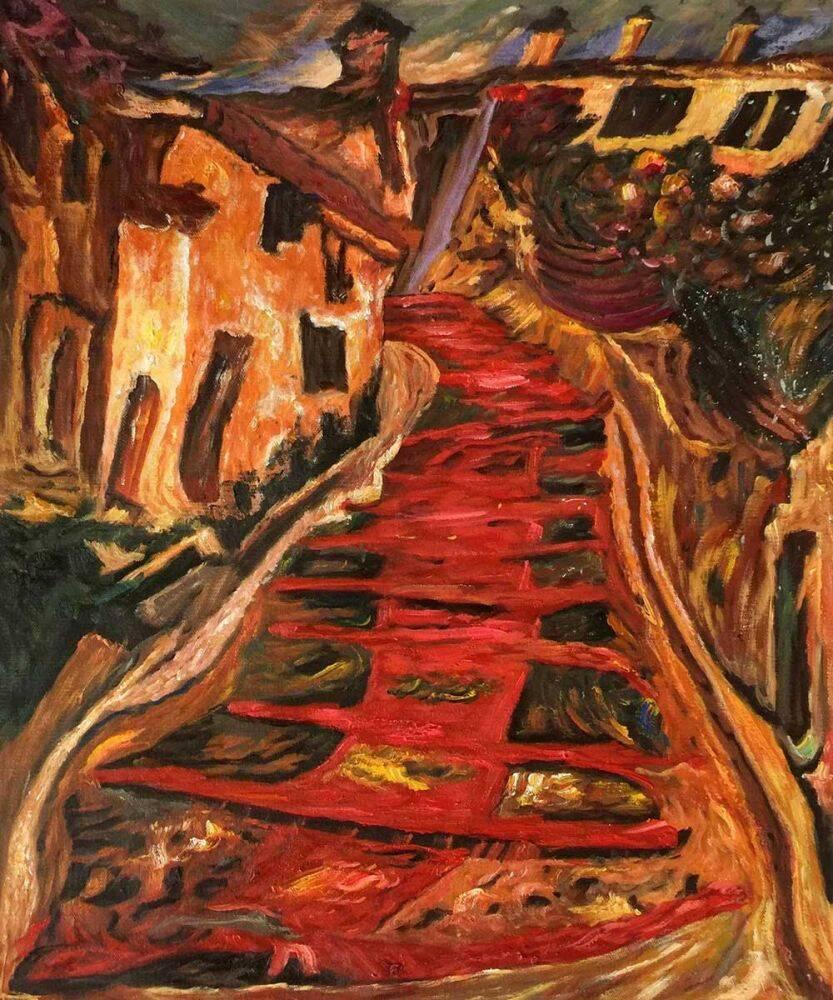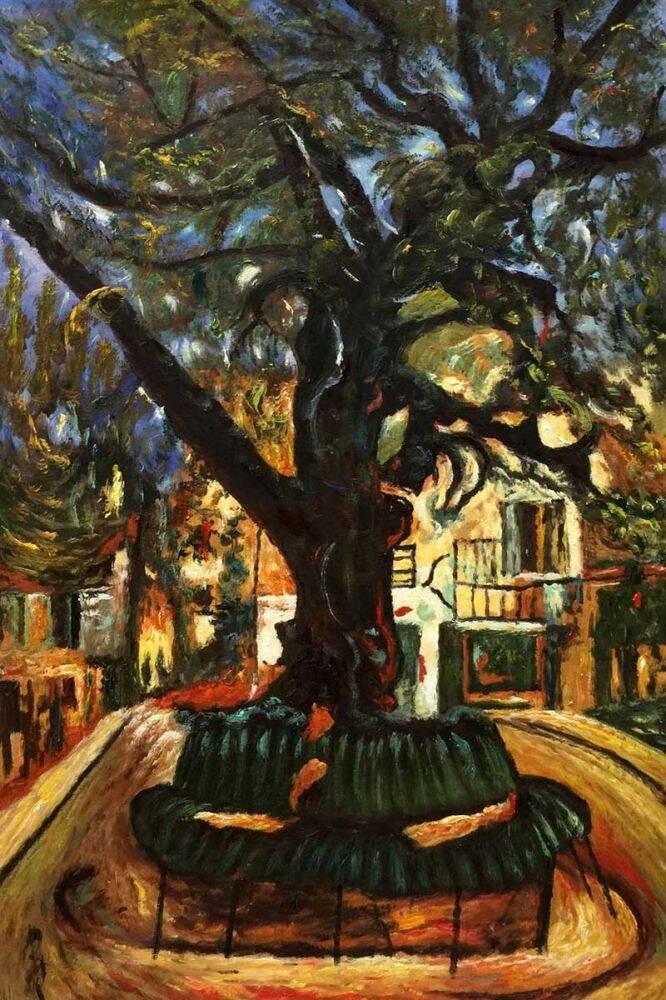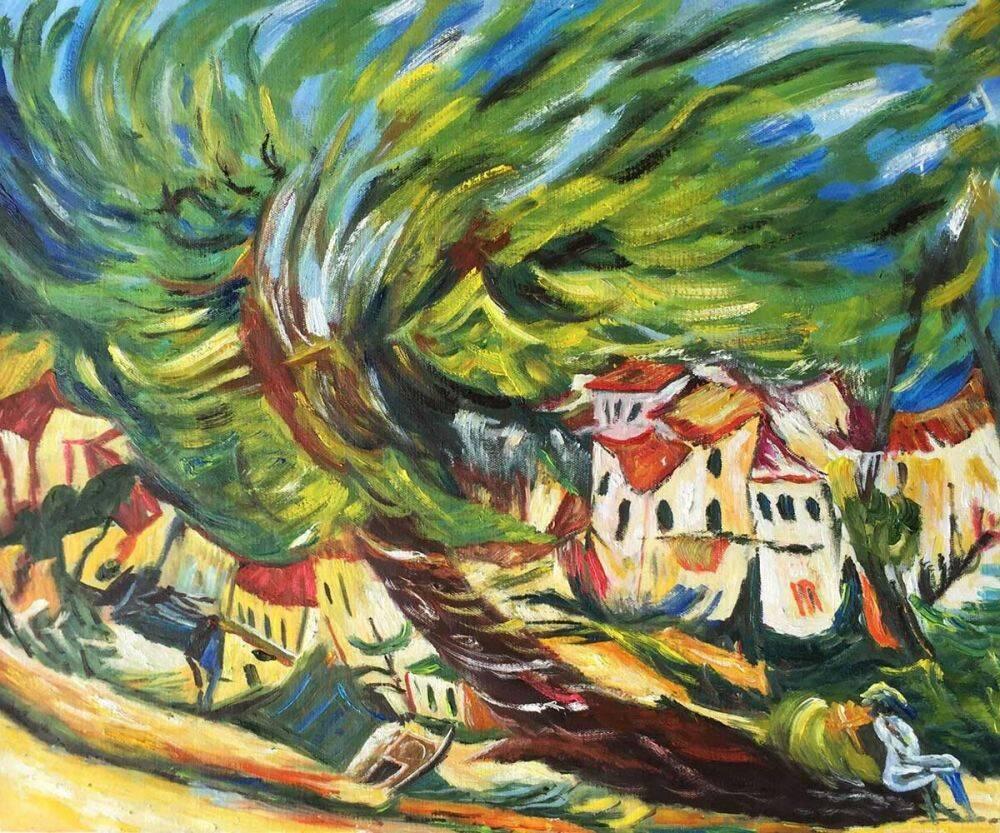Art History
Chaim Soutine: Art History’s Foodie
Chaim Soutine has a talent for capturing the macabre and the delicious. His relationship with his subject matter is a complicated one. He was born in 1893 to a family of eleven children. They lived in what is modern-day Belarus. The poverty he faced led to food scarcity. He was not well-liked as a child and was often abused because he would abandon his duties to draw. Soutine would also take things from home to trade for chalk or pencils. Finally, at the age of 16, he was able to travel to Minsk and studied at the Vilna Academy of Fine Arts from 1910-1913.

Poissons et Tomates, 1924, Chaim Soutine, Oil on canvas, 61 X 81.3 cm
A Life in Paris
He was able to move to Paris on his own at the age of 19. He found himself at La Ruche, or The Beehive, an artists colony in Montparnasse. There he met Amedeo Modigliani, Pablo Picasso, Guillaume Apollinaire, and Marc Chagall. The life of an artist is hard, and Soutine would often go without food to buy art supplies. Nevertheless, Modigliani took Chaim under his wing and taught him etiquette and how to make valuable acquaintances. Soutine’s quirky character fascinated and entertained Modigliani, and the two soon became close. Chaim often followed his friend to the Louvre and the Quattrocento; then, he would return home to create something of his own.

Still Life with Violin, Bread, and Fish, 1922, Chaim Soutine, 64.7 X 21.2 cm
Hungry
A life of hunger and drinking led to him having stomach ulcers that caused him pain. As a result, he had to stay away from rich foods like meat. In this way, he used his hunger to sharpen his perception with painting. A Russian poet Marc Talov happened to witness Soutine painting his Still Life with Herring: “Before eating the food that he had brought from the store, he took on a still-life and worked in agony, torn by hunger but devouring it only with his eyes, not letting himself touch anything until he finished the work. He became demonic, drooling from the very thought of the upcoming royal dinner.” (Robakidze, Julia, The Troubled, Naked Painter of the Lost Generation in Paris, The Vintage News, 2018.)
The Hive was close to a butcher shop. Soutine, overwhelmed by the sight of the bleeding carcasses, would secretly bring them to his room and start painting. Unfortunately, the smell of decay bothered other tenants, and soon he found the authorities at his door. They decided to let him continue his practice, but he had to use formaldehyde. This dried out the flesh. To compensate, Soutine would buy fresh blood from the butchers to liven his composition.

Nature morte aux deux perdrix rouges, 1918, Chaim Soutine, Oil on canvas, 65 X 54.3 cm
A Tragic Ending
Once the Nazis rose to power and begin invading Europe, Soutine had no choice but to flee to Normandy. He could not take all of his artwork with him, so he gave many away to those he would meet during his escape. He would even shelter outdoors in the forests to escape the Gestapo. Soutine had to do the unthinkable and return to Paris for an emergency operation to repair a bleeding ulcer, which was of no success. Chaim Soutine passed that night on August 9th, 1943.
Soutine left an impact on society and was revolutionary to the modern art era with his level of abstraction and color palette. He continues to have a lasting legacy in America. His works have sold for up to almost $14 Million at Christie’s and are a part of numerous museum collections including the Met and the Musee de l’Orangerie, Paris.
You can find many of Soutine’s artworks at overstockArt.com. There is sure to be the perfect oil reproduction for your kitchen.

